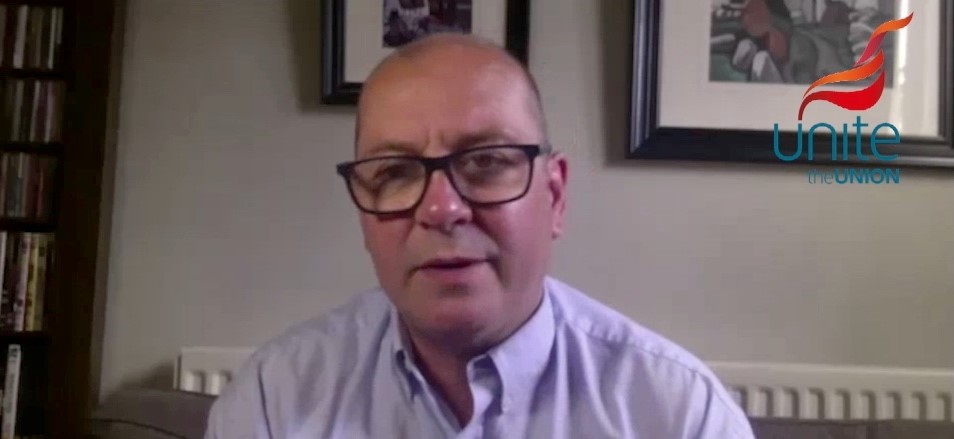The workers return
Armistice 1918 seemed to herald â€the spring of life after the winter of death, the stepping stone to a new era’, recalled writer Vera Brittain. A world of irrevocable change awaited the survivors coming back from the trenches, trying to find their way again in Civvy Street – as it did for the women and all those who’d stayed at home.
At the outbreak, many working-class men had seen it as a chance to escape unrelenting, unrewarding labour in pit, factory or field. Tough men were needed for the physical challenges of war. â€Pals’ battalions, in which friend would fight beside friend, were a big draw.
But what that actually meant was families, even whole communities, losing all their sons, mowed down side-by-side in 1915-16 on the fields of Loos or the Somme, until the â€Pals’ system was scrapped.
On the home front, war brought a sense of solidarity and clearer priorities. These kept the war machine going, but they also galvanised action by workers to improve their lot. Workers in essential industries were radicalised by emergency laws that stole the right to strike or limit output.
Clydeside action
After Glasgow shipyard and factory workers downed tools over an influx of unskilled labour, leaders of the Clyde Workers’ Committee had been expelled from the city or imprisoned. But a housing shortage, rocketing living costs and soaring rents sparked mass action.
Rent strikes in 1915 led by Mary Barbour spread to 30,000 tenants, and â€Mrs Barbour’s Army’ mobilised to block the route of any sheriff trying to deliver an eviction order. After munitions workers received summonses for withholding rent, ten thousand workers marched on the high court, threatening a general strike. An immediate Rent Restriction Act froze rents at 1914 levels.
Beyond the cities, only the farm owners reaped the extra profits as food shortages drove up the cost of living. Relentless pressure from the Agricultural Labourers’ Union, with just 350 branches in 1914 but seven times that by 1919, helped raise earnings.
Women
For women, war fundamentally redefined what was possible. â€It found them serfs and left them free,’ suffragist Millicent Fawcett declared. Among those of working age, paid employment jumped from less than a quarter to nearly half, with 300,000 working on the land. Union membership soared, but women lost their wartime jobs when demobbed soldiers returned.
Soldiers after Armistice desperately wanted an end to military discipline, rations and living conditions but the months-long demobilisation process was painfully frustrating.
Once home, however, the wartime camaraderie and common cause were often replaced by disillusionment and loneliness.
Civilians could scarcely comprehend what soldiers had been through, so veterans felt less able to talk to their loved ones than to their old comrades. Maimed or traumatised soldiers found themselves patronised or ignored. Trade unions formed veterans’ associations to help ease the isolation.
Peace at least delivered what the suffrage campaign had not won by 1914: the vote for all women above 30 – 8.4 million of them. With all men over 21 also now eligible to vote whether or not they owned property, the electorate tripled in size.
Union membership up
A third of all workers were now unionised. Workers, demanding a better life after wartime sacrifices, organised and downed tools in increasing numbers, with 152 million working days on strike from 1918–21. A general strike on Clydeside in January 1919 saw tanks and troops stationed in Glasgow.
A brief post-war boom after years of short supply ended in summer 1920. Economic change worldwide saw British coal, iron, steel, shipbuilding and cotton suffer severely. It was the beginning of two decades of mass unemployment. In 1921 an unprecedented two million were jobless.
Hunger marches began in autumn 1920, when 2,000 unemployed workers marched from manufacturing cities nationwide into London, where â€muffled plutocrats in motor cars eyed us with casual indifference’, as one marcher put it. The National Unemployed Workers Movement had 50,000 members.
Home fit for heroes?
In the snap election of December 1918, Labour had won more seats than ever before. Yet David Lloyd George’s wartime coalition had won on the back of his stirring promise to deliver â€homes fit for heroes’.
It was a promise on which he signally failed to deliver. Six months into the house-building programme, only 10,000 were under way and 180 occupied. By the time he left power in 1922, 170,000 had gone up – pitifully short of the 600,000 now thought to have been needed.
The following year, London’s Embankment at night was still thronged with sleeping soldiers wrapped in old newspapers, owning nothing else but the khaki on their backs. Writer J B Priestley said, “We could only stare at one another, in pitiful embarrassment, over this tragi-comedy of the living, who had fought for a world that did not want them.”
Labour formed a government for the first time in 1924. But economic unrest held in check since 1914 boiled over in the General Strike of 1926.
“The unimaginable slaughter of millions of working class men and women in the trenches and on the battlefields of the war had demands for change at home to the social order and an end to the poverty and desperation of the early 1900s,” commented Unite assistant general secretary Steve Turner.
“A growing and militant trade union movement was demanding better wages, terms and conditions through collective bargaining, while political demands for safe, secure and affordable housing where linked to demands for a working class vote and the successful fight for women’s suffrage.
“Resistance to political and social change then led to a failure to deliver on jobs and homes and growing poverty in a desperately fractured Europe.
“Now a century on this government, with its relentless attacks on trade unions’, workers’ and social rights and its obsession with ideological austerity, is once again undermining social cohesion and our welfare state, has created a housing crisis, rapidly rising levels of in-work poverty, fractured communities and growing social unrest.
“Worryingly there are many similarities between now and one hundred years ago, including a disillusionment with a political class and a growing and dangerous rise in far right ideologies both here, across Europe and the globe.”
He added, “Only a radical, socialist Labour Party, such as that we now have in Britain can win this battle of ideas and offer the hope and opportunity so desperately needed. Without that radical programme for change, if this government continues to refuse to listen and address the growing concerns and fears of working people and our communities, the transition into a post-Brexit UK could be as catastrophic as that of the 1930s.”
Historian John Garth is the author of Tolkien and the Great War. Pic from IWM collection
 Like
Like Follow
Follow


